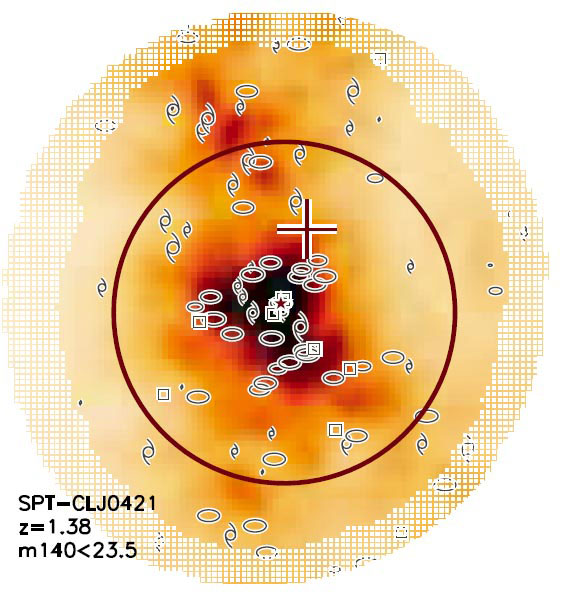
A galaxy cluster map portraying the density of galaxies members in the massive cluster SPT-CLJ0421. Astronomers studying five such clusters in the epoch about 4.5 billion years after the big bang conclude that their star formation is quenched. Symbols show the positions of individual galaxies and the cross marks the position of the SPT detection. Credit: Strazzullo et al. 2019
Massive clusters of galaxies, some with more mass than a hundred Milky Way galaxies, have been detected from cosmic epochs as early as about three billion years after the big bang. Their ongoing star formation makes them bright enough to be detected at these distances. These kinds of clusters were predicted by simulations of cosmological evolution but their properties are very uncertain. Astronomers piecing together the evolution of stars in the universe are particularly interested in these clusters because of their abundance of stars and activity.
Star formation in galaxies is by no means a steady process. Not only can there be bursts of activity, prompted perhaps by a collision with a neighboring galaxy, but the opposite can occur. Star formation can be self- limiting because its massive young stars produce winds and supernovae that can blow apart the natal molecular clouds and disable future star formation. Combined with the disruption induced by jets from an active nuclear supermassive black hole, this disruptive process is called quenching and is thought to be able to bring star formation to a halt. Whether or not this occurs in the early universe, and when and how it proceeds, is a key area of comic research.
CfA astronomers Matt Ashby and Esra Bulbul are members of the South Pole Telescope (SPT) team that discovered and studies massive galaxy clusters in the early universe. They recently completed a follow-up study of star formation and the stellar populations in most distant clusters found in the SPT surveys. Using the IRAC camera on the Spitzer Space Telescope along with the Hubble Space Telescope Wide Field camera, they probed five clusters located in the epoch about 4.5 billion years after the big bang, a time when galaxies in general were particularly active in producing new stars. Clusters of this size are exceedingly rare at these distances, and this is the first such study ever done of them. Using the infrared colors of the galaxies in the selected SPT clusters, the scientists were able to characterize the stars and the star formation activity. The scientists found that, curiously, during this epoch the massive clusters tend to host a mixture of galaxy types with quiescent galaxies being quite common. Apparently in these quiescent cluster members the quenching of star formation has already occurred. The astronomers conclude that star formation can be efficiently suppressed in the central regions of the most massive clusters even in these early cosmic epochs when the most intense star formation is occurring.
Publication: “Galaxy Populations in the Most Distant SPT-SZ Clusters: I. Environmental quenching in massive clusters at 1.4. – z -.1.7,” by V. Strazzullo, M. Pannella, J. J. Mohr, A. Saro, M. L. N. Ashby, M. B. Bayliss, S. Bocquet, E. Bulbul, G. Khullar, A. B. Mantz, S. A. Stanford, B. A. Benson, L. E. Bleem, M. Brodwin, R. E. A. Canning, R. Capasso, I. Chiu, A. H. Gonzalez, N. Gupta1, J. Hlavacek-Larrondo, M. Klein, M. McDonald, E. Noordeh, D. Rapetti, C. L. Reichardt, T. Schrabback, K. Sharon, and B. Stalder, 7 February 2019, Astronomy & Astrophysics.
DOI: 10.1051/0004-6361/201833944


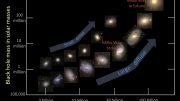
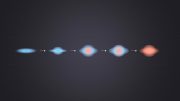


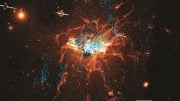
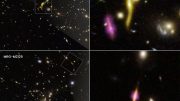

“key area of comic research…”
quote: “supernovae that can blow apart the natal molecular clouds and disable future star formation.”
So should we look out for natal molecular cloud populations ?